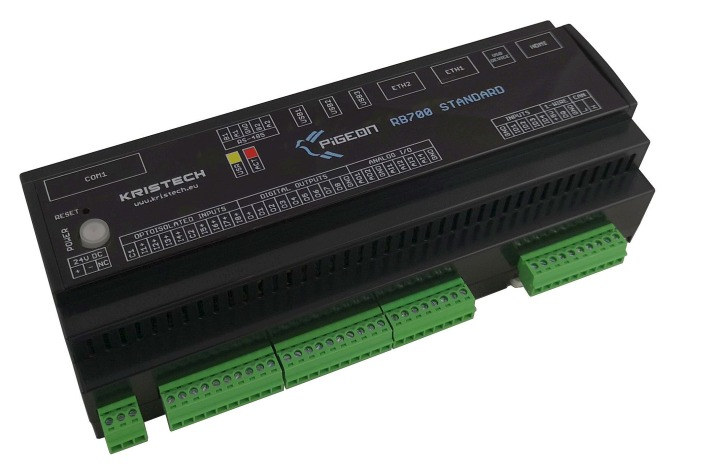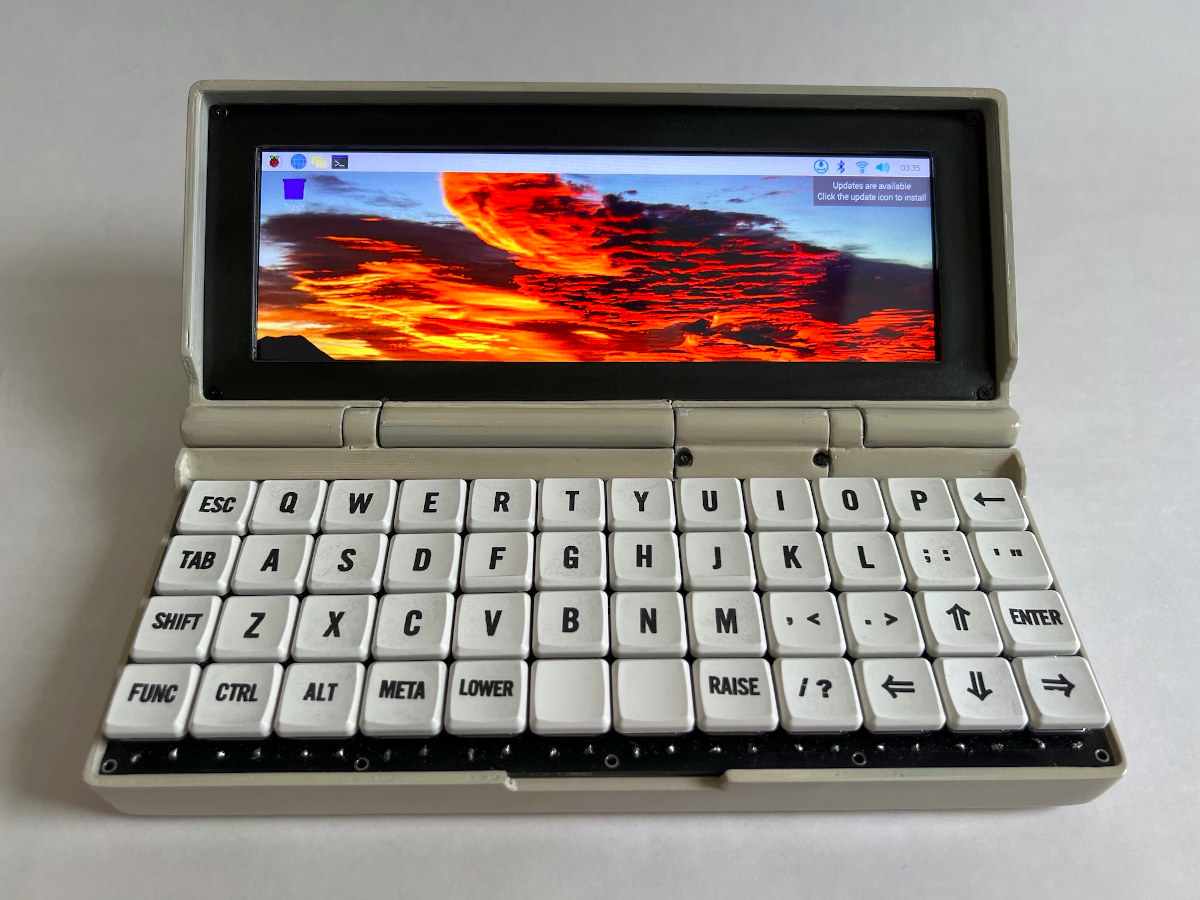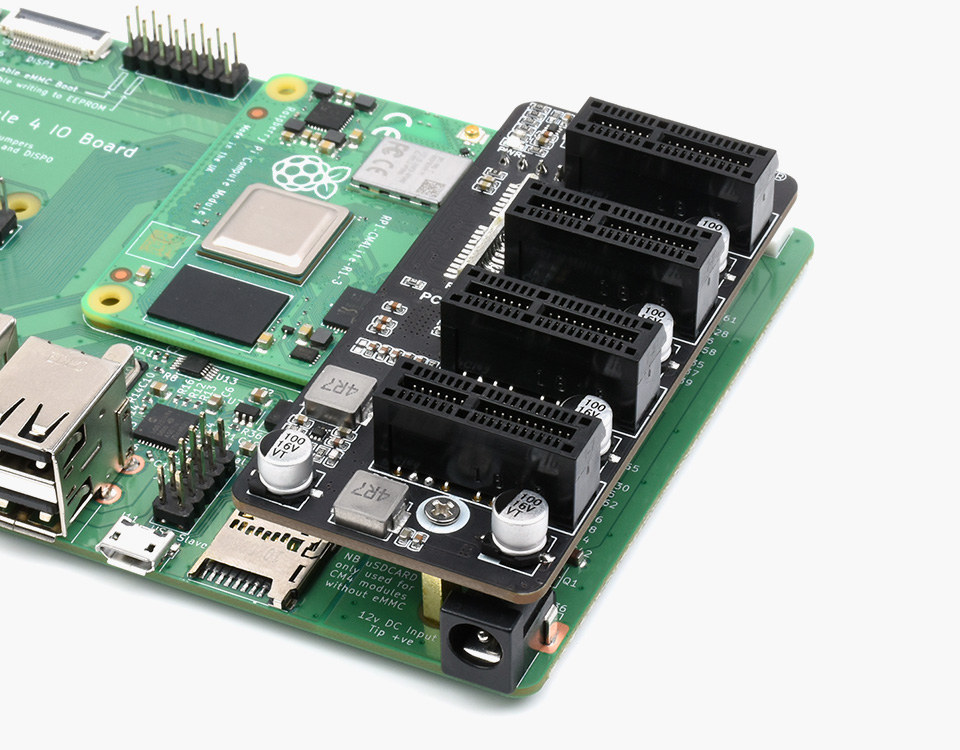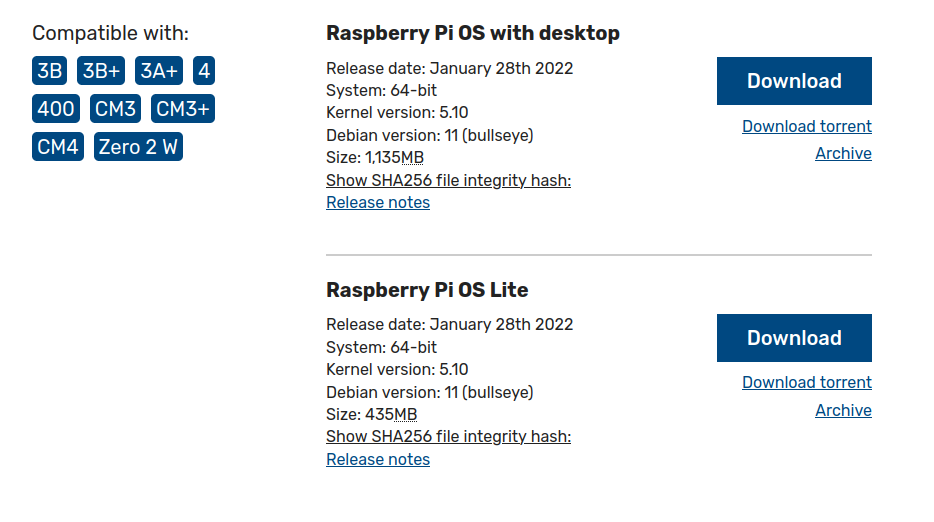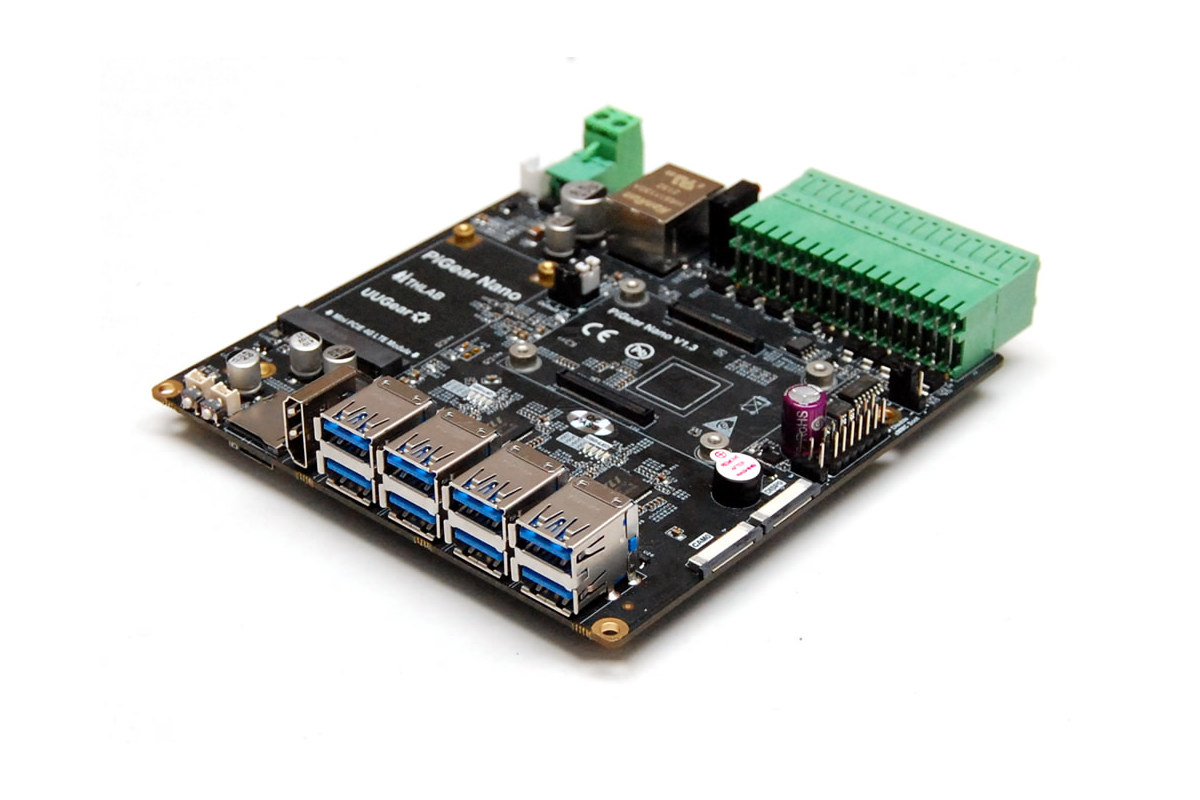We’re covered DIN-Rail industrial computers powered by Raspberry Pi CM4 module, but Kristech’s Pigeon RB700 automation controller may be the one with the most features so far thanks to two RS-485 ports, two Ethernet ports, CAN FD, 1-WIRE, RS-232, 12 digital inputs (8 optoisolated, 4 dry contacts), and 8 digital outputs. That’s for the common features present in all variants including RB700 Essense. The RB700 Standard model adds UPS, HDMI, analog I/Os, and TPM, while the RB700 Advance is further equipped with two M.2 sockets (for SSD and/or cellular modem) and two additional RS-232 ports. Pigeon RB700 specifications: Supported SoM- Raspberry Pi CM4 with up to 8GB RAM, up to 32GB flash, optional WiFi 5 and Bluetooth 5.0 module Video Output (Standard and Advance) – HDMI port Networking – 2x Ethernet ports USB – 2x or 3x USB 2.0 ports Wired communication interfaces 3x RS-232, 2x RS-485, CAN FD, 1-Wire […]
Raspberry Pi 4 4GB/8GB price is going through the roof (over 100 Euros in Europe)
While Raspberry Pi Foundation provides a fixed price for their single board computers before taxes and shipping, the street price may be different, and I’ve seen several reports on Twitter of the Raspberry Pi 4 with 4GB RAM now selling for over $100 due to the lack of supplies. The problem seems especially pronounced in Europe with some users reporting a price close to 120 Euros, instead of the usual 50 to 60 price range. Geizhals price comparison website did even show the Raspberry Pi 4 with 8GB RAM selling for up to 149.99 Euros (About $170) just last week, but prices have now gone down to just around 100 Euros, clearly a steal! The price for Raspberry Pi 4 with 4GB RAM has also gone down, but it is still at 89.90 Euros according to the Heise’s price comparison website. This is probably a regional pricing issue, but the […]
Yodeck Leverages Raspberry Pi in Mainstream Digital Signage (Sponsored)
Yodeck, the digital signage company has been utilizing Raspberry Pi 4 (2 GB RAM) as their goto computer to run their signage software. The versatile RPi 4 is a choice for many makers, inventors, schools, and hobbyists, but does not often find its way into mainstream business ventures. The Yodeck service software runs a remote digital signage system that is built on the RPi 4 SBC. Digital displays play an enormous role in business, for advertising, information sharing, instruction, and training. The RPi 4 can be situated at the forefront of those services. Finding the RPi 4 in a custom case, with inputs and connections readily accessible is sometimes startling. Many people are used to the RPi 4 with its circuits bare. The RPi 4 powers the Yodeck Player. A Play and Plug mini-computer with full 4K resolution and direct encoding. The Raspberry Pi 4 Model B is built for […]
DIY Raspberry Pi Zero 2 W handheld PC (mostly) makes use of off-the-shelf parts
The Penkesu Computer is a DIY handheld PC powered by a Raspberry Pi Zero 2 W SBC, and mostly comprised of off-the-shelf parts including a 7.9-inch display from Waveshare, replacement hinges for the Gameboy Advance SP, a 48-key mechanical keyboard fitted with Kailh low profile Choc V1 switches, and so on. Penk also happens to have designed the CutiePi tablet with Raspberry Pi CM4, and designed the Penkesu Computer (ペンケース in Japanese) as a side project without having to “worry too much about commercial viability” and as a way to remind himself why he started tinkering. Penkesu Computer handheld PC specifications: SBC – Raspberry Pi Zero 2 W with Broadcom RP3A0 SiP with Broadcom BCM2710A1 quad-core Cortex-A53 processor @ 1.0 GHz, 512MB RAM, MicroSD card slot Display – 7.9-inch IPS display with capacitive touch screen, 1280x 400 resolution, connected over HDMI via flat cable through an Adafruit adapter Keyboard – […]
Add four PCIe x1 slots to Raspberry Pi CM4 IO with Waveshare PCIe-Packet-Switch-4P board
The 1-lane PCIe Gen 2 interface in Broadcom BCM2711 processor is exposed in Raspberry Pi CM4, and most carrier boards are exploiting the interface including the official Raspberry Pi Compute Module IO carrier board. But if you ever wanted to connect multiple PCIe cards to the CM4 IO board, Waveshare has got you covered with the PCIe-Packet-Switch-4P that provides four PCIe x1 slots through an ASMedia ASM1184e PCIe switch. PCIe-Packet-Switch-4P expansion board specifications: Compatible with Raspberry Pi Compute module 4 IO board 4x PCIe Gen 2 x1 expansion slots, compatible with PCIe Gen 1 x1 ASM1184e PCIe switch taking 1x PCIe x1 Gen2 upstream port to 4x PCIe x1 Gen2 downstream ports; no driver required, plug and play Power Supply 12V via PCIe interface or 12V via DC jack (or even 5V see warnings below) Dimensions – 82 x 39 mm There are some interesting warnings in the Chinese […]
Raspberry Pi OS 64-bit officially released
The Raspberry Pi Foundation has now officially released Raspberry Pi OS 64-bit about two years after the first beta version was released. Despite some potential performance benefits from using 64-bit code instead of 32-bit, the Raspberry Pi Foundation has resisted moving too quickly to a 64-bit OS because if it would create two separate worlds for their earlier 32-bit boards like Raspberry Pi 2 or Raspberry Pi Zero, and the newer 64-bit boards starting with Raspberry Pi 3 onwards and may confuse users besides the extra workloads. Some of the main reasons to finally release a 64-bit version include improved software compatibility with many closed-source applications only available for arm64, and some open-source ones not fully optimized for the armhf port, some performance benefits, and the ability for a process to make use of the full 8GB RAM, removing the 3GB limit when using LPAE (Large Physical Address Extension) on […]
The Eclipse Oniro Project aims to deliver consumer & IoT software that works across multiple platforms
Several of the embedded talks at FOSDEM 2022 mention the “Eclipse Oniro Project”. I had never heard about that project from the Eclipse Foundation, so let’s see how they describe it: Oniro is an Eclipse Foundation project focused on the development of a distributed open source operating system for consumer devices, regardless of the brand, model, make. Oniro is a compatible implementation for the global market of OpenHarmony, an open source operating system specified and hosted by the OpenAtom Foundation. Designed with modularity in mind, Oniro offers greater levels of flexibility and application portability across the broad spectrum of consumer and IoT devices — from tiny embedded sensors and actuators, to feature rich smart appliances and mobile companions. As a distributed and reusable collection of open source building blocks, Oniro enables compatibility with other open source technologies and ecosystems. Through close collaboration with projects and foundations such as OpenHarmony from […]
PiGear Nano – A Nano-ITX Raspberry Pi CM4 carrier board with 7-30V DC input
PiGear Nano is an Nano-ITX carrier board for Raspberry Pi CM4 (Compute Module 4) designed for industrial applications with a -30°C to +80°C temperature range, 7 to 30V DC input, as well as RS232, RS485, and CAN bus interfaces. The board also features one Gigabit Ethernet port, one HDMI port, MIPI DSI and CSI display & camera interface, M.2 SSD storage, eight USB 3.0 ports, mini PCIe and SIM card sockets for 4G LTE cellular connectivity, and various digital input and output interfaces. Pigear Nano specifications: Supported SoM – Raspberry Pi CM4 and CM4 Lite modules Storage – 1x NVMe SSD M.2 socket, 1x MicroSD card slot for Compute Module 4 Lite only Display I/F – 1x HDMI Type-A connector, 1x MIPI DSI interface x 1 Camera I/F – 1x MIPI CSI interface Networking 1x Gigabit Ethernet RJ45 port Optional 4G LTE/GPRS via mini PCIe socket plus SIM card slot […]


